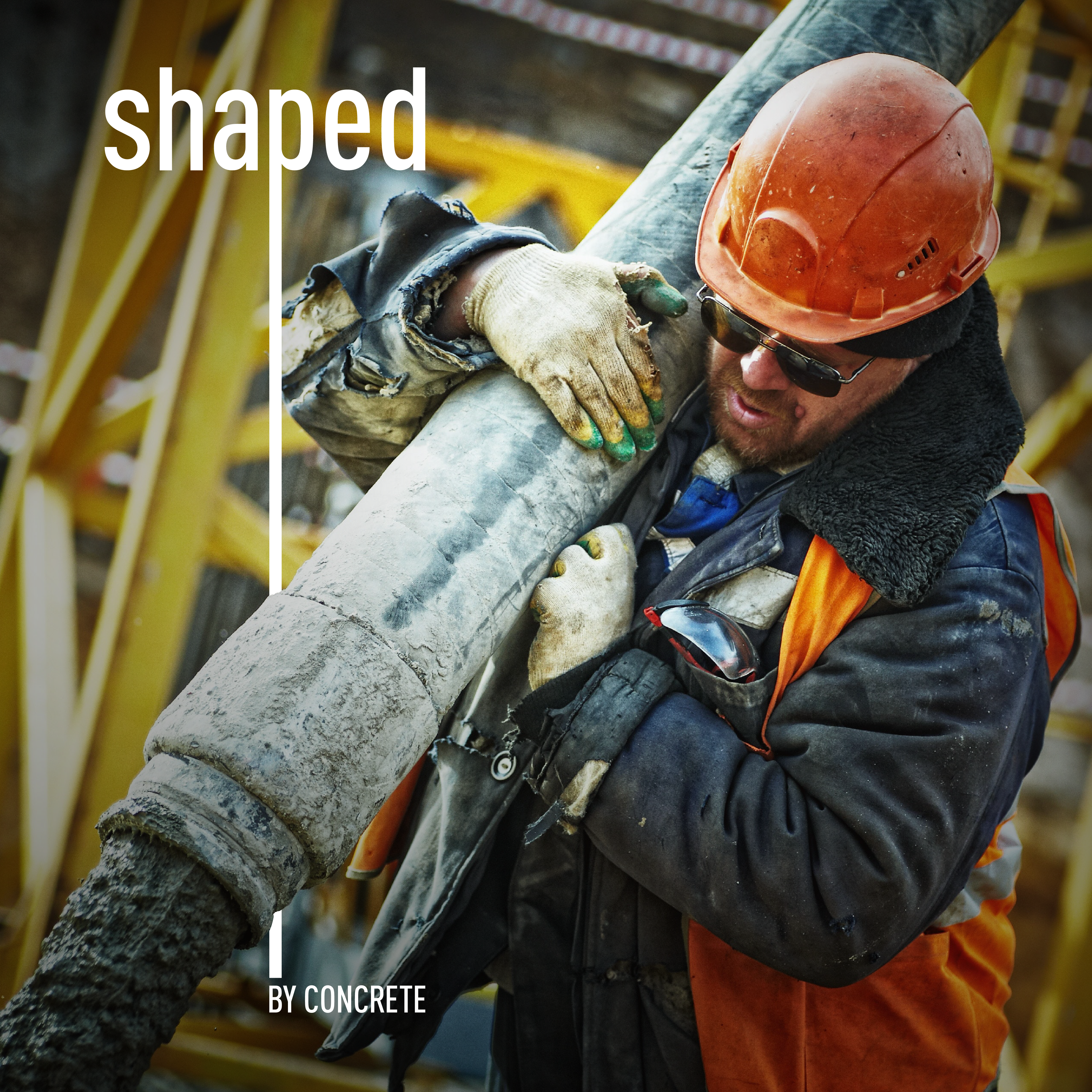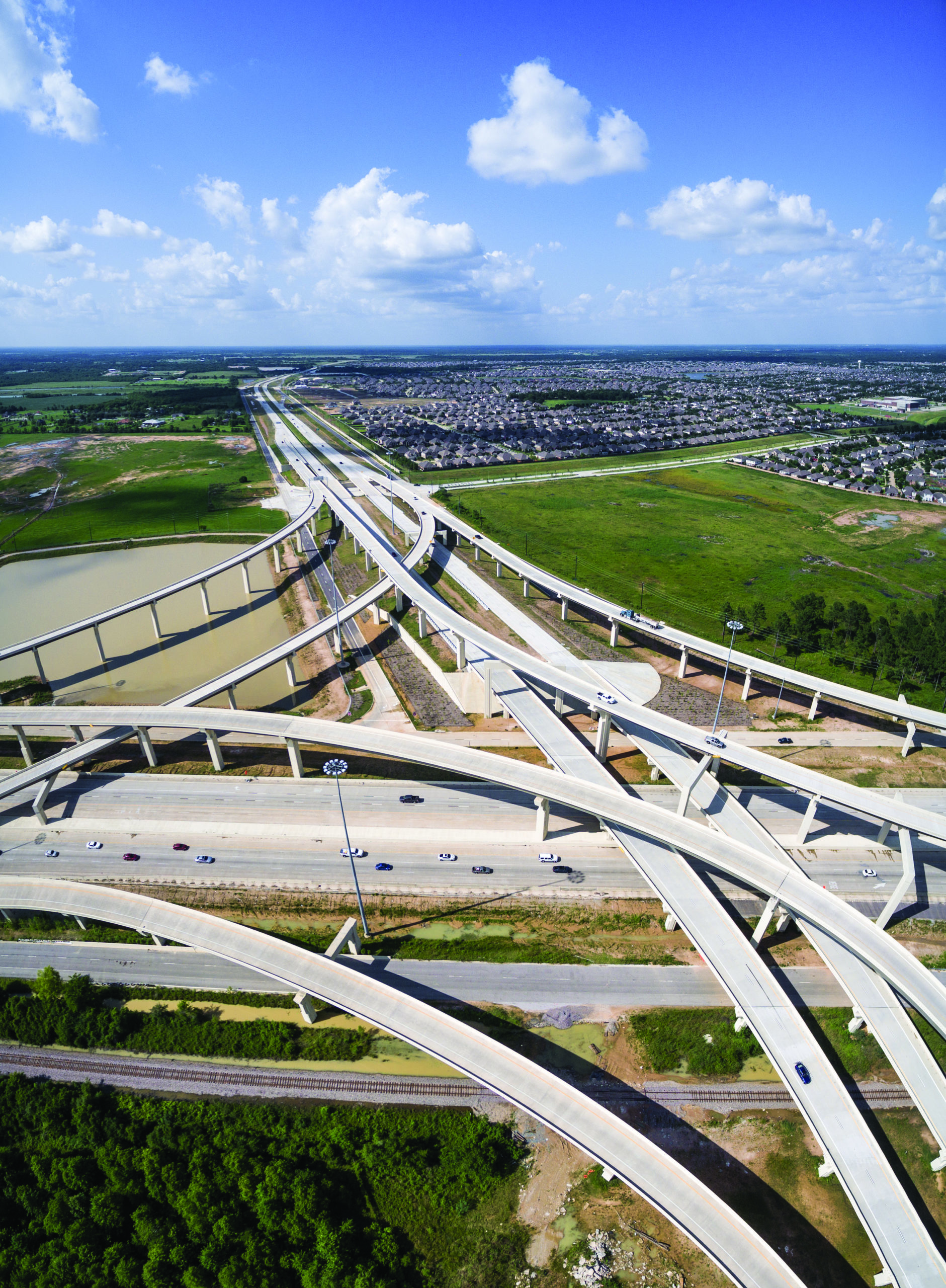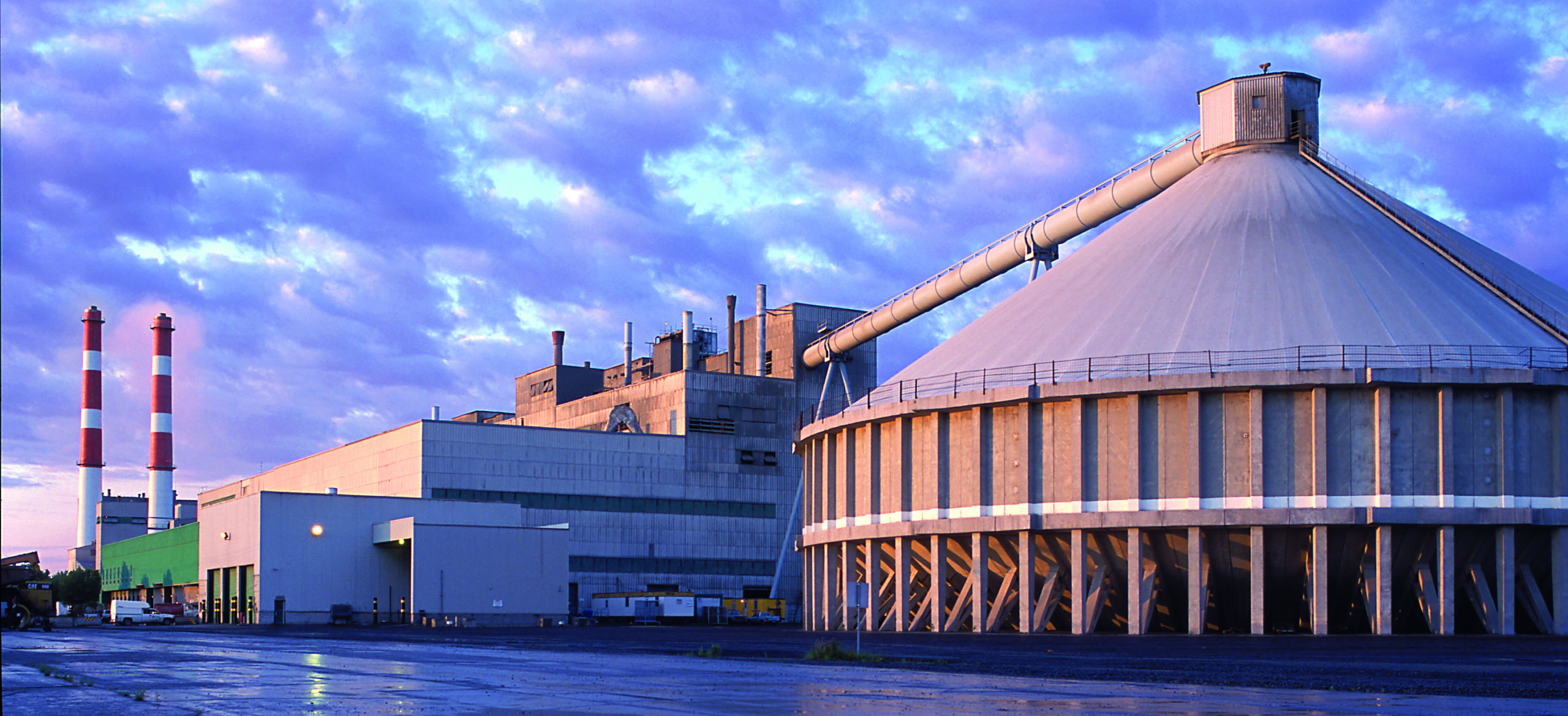Rick Bohan, Vice President of Sustainability
The Portland Cement Association
The U.S. is predicted to build the equivalent of another New York City every year through 2041. Development at this scale means we have a once-in-a-generation opportunity to set a global example on building sustainably, utilizing new approaches and advocating for updated technology.
The Portland Cement Association (PCA), which represents the majority of U.S. cement production capacity and has member facilities around the country, is developing a roadmap to achieve carbon neutrality across the cement and concrete value chain. This is a plan for the industry to reduce the carbon impacts of cement and concrete at scale – today and in the future.
PCA’s Roadmap will guide what may be the most ambitious journey to carbon neutrality ever attempted by heavy industry. But we cannot do it alone, and there is no silver bullet solution. We can, however, reduce emissions much faster through collaboration with industry and private partners. And we need alignment from government, industry and technology leaders on both short- and long-term solutions, regulations and policy changes.
The Roadmap outlines both near and longer term solutions to reduce emissions along the cement-concrete-construction value chain. In fact, lower carbon cement and concrete are available today and through collaboration the benefits of these products can be scaled up. For example, portland limestone cement (PLC) is a cement mix that helps reduces emissions up to 10% with equivalent performance and at a competitive cost. If departments of transportation (some of the nation’s largest consumers of cement) encouraged increasing the adoption of PLC by just 10% by 2030 we could reduce nearly 106 million metric tons of CO2 over that timeframe.
Today, alternative fuels comprise about 13.5% of the fuel used by domestic cement manufacturers, compared to more than 36% in the EU – even up to 60% in Germany. U.S. cement plants began adopting alternative fuels as early as the 1970s, so why do we lag behind other regions? Outdated regulations, which currently prohibit innovative approaches to reducing fuel emissions through increased use of materials such as tire-derived fuel, nonrecycled plastic and paper, and other secondary materials as fuel. Using these materials as fuel would divert them from landfills, avoiding decomposition and the release of methane.
Another innovative approach to bringing cement manufacturing into the circular economy is updating federal regulations and using the millions of tons non-hazardous secondary materials stored each year in landfills as supplementary cementitious materials. For example, cement and concrete made with fly ash can reduce emissions up to 30%.
While those short-term solutions can make progress toward reducing emissions by 2030, cement and concrete cannot achieve carbon neutrality without carbon capture technologies. Simply put, the chemical process of heating limestone to make cement releases CO2 as a byproduct. PCA continues to be heavily involved in research and development of emerging and innovative technologies like carbon capture utilization and storage. Collaboration from government is needed to scale up these technologies as well as create a national system of transport, utilization, and/or sequestration.
These are a few examples of the opportunities outlined in the Roadmap that the cement and concrete industry invites other stakeholders to learn more about and partner on.








